Disclaimer: This blog post contains affiliate links. If you make a purchase through these links, I may earn a small commission at no additional cost to you. Learn More. Thank you for supporting our garden community.
Don’t Use Manure in the Garden Before Reading This!
If you’ve ever wondered whether manure is worth the mess, here’s the short answer: YES—but only if you use it right. Using manure in the garden is one of the best things you can do to increase production. Only when it’s properly aged, applied at the right time, and matched to your plants’ needs. But misuse it, and you could end up with burned plants, poor germination, or worse.
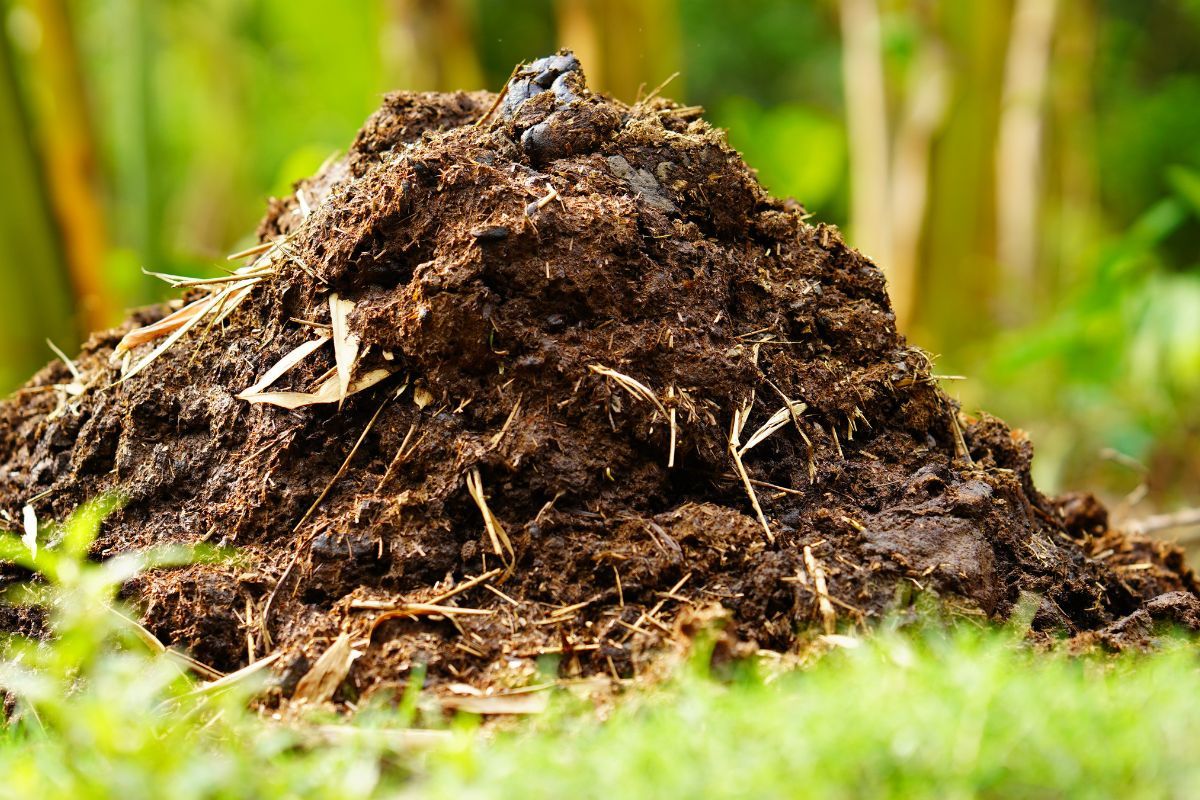
Using Manure in the Garden
A lot of people have some misconceptions about manure, which can be true in some cases.
But those are only the cases where manure is misused. When used properly, it truly is one of the best soil amendments, and it’s been used for centuries.
Today I’m going to cover the different types of manure, the best ways to use them, and how to use manure properly.
So let’s get right into how to use manure in the garden to grow healthy plants.
Products:
Save 10% on your first Burpee seed order using code BURPEE10
What is Manure?
Manure is the composted feces of animals. It’s animal poop.
Farmers collect it from their cows, sheep, horses, and other animals, they let it age for about 6-12 months, then they sell it.
A lot of people have the idea that manure is “inhumane” in some way. But that couldn’t be further from the truth.
Firstly, I’m not for animal cruelty, but manure has nothing to do with that. But it turns out that there’s an abundance of poop in the world, and it has to be used somehow.
So instead of throwing it into the landfill, farmers can make some extra money. Animals are going to poop either way. It’s about whether you want to use this valuable amendment or not that makes it humane or inhumane.
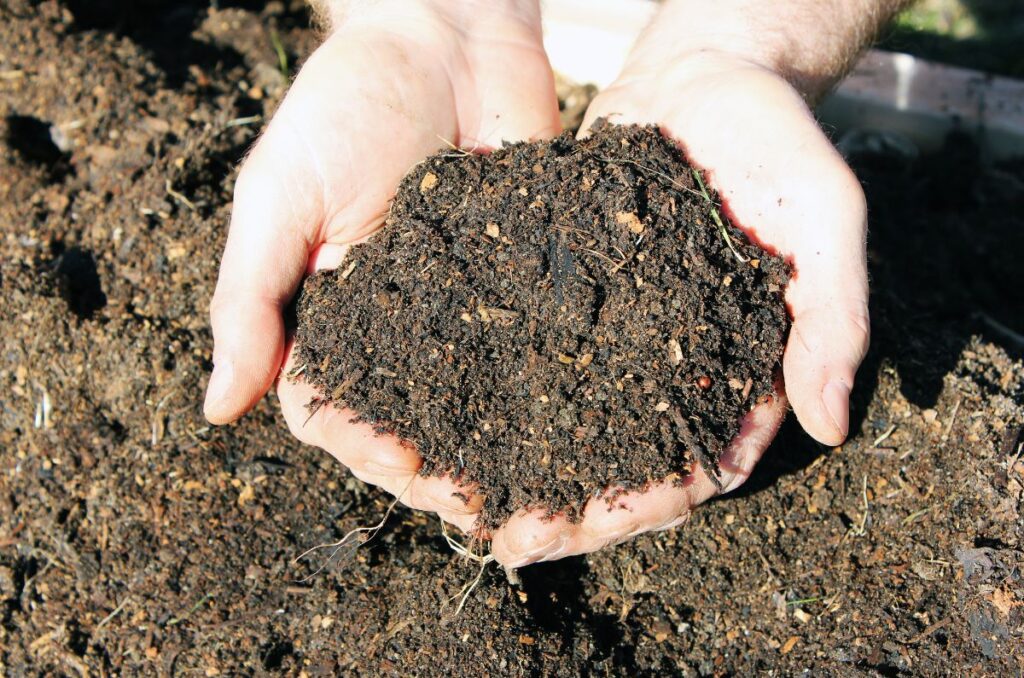
Why Use Manure in the Garden?
Manure is one of the best soil amendments. It acts similarly to compost, in the sense that it’s mainly used to add organic matter to your soil.
That being said, organic matter in manure helps to feed the beneficial organisms in your soil, which break it down into bioavailable nutrients for your plants.
And manure actually adds the beneficial organisms as well. It adds bacteria and other microbes that help to break down organic matter.
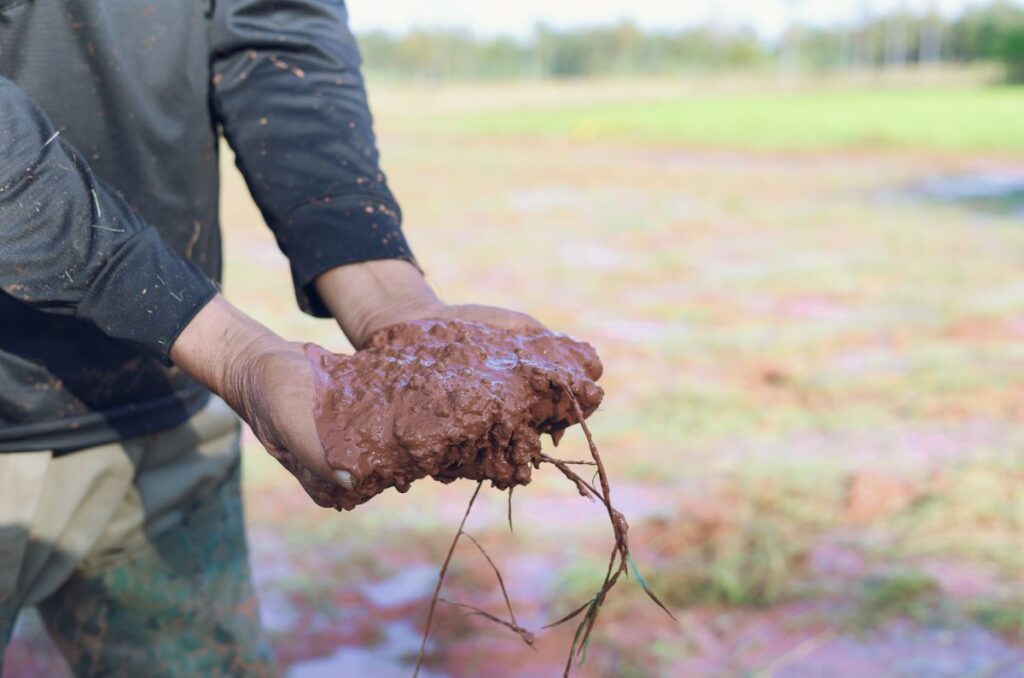
Manure helps to improve the structure, drainage, and aeration of clay soil. It also helps to fix the water retention issues for sandy soil.
So it goes both ways and has many benefits on both sides.
Additionally, manure also contains some nutrients. Although it has a low NPK ratio, usually around 1-1-1, it can add some trace minerals like iron, calcium, and sulfur.
Is Manure an Organic Fertilizer?
Because it contains some nutrients, manure is technically an organic fertilizer.
But it’s fairly weak and shouldn’t be used to replace regular organic fertilizer. Because it’s so weak, you still need to use fertilizers like bone meal and all that good stuff.
So it’s great for adding organic matter, but it can’t replace regular fertilizers.
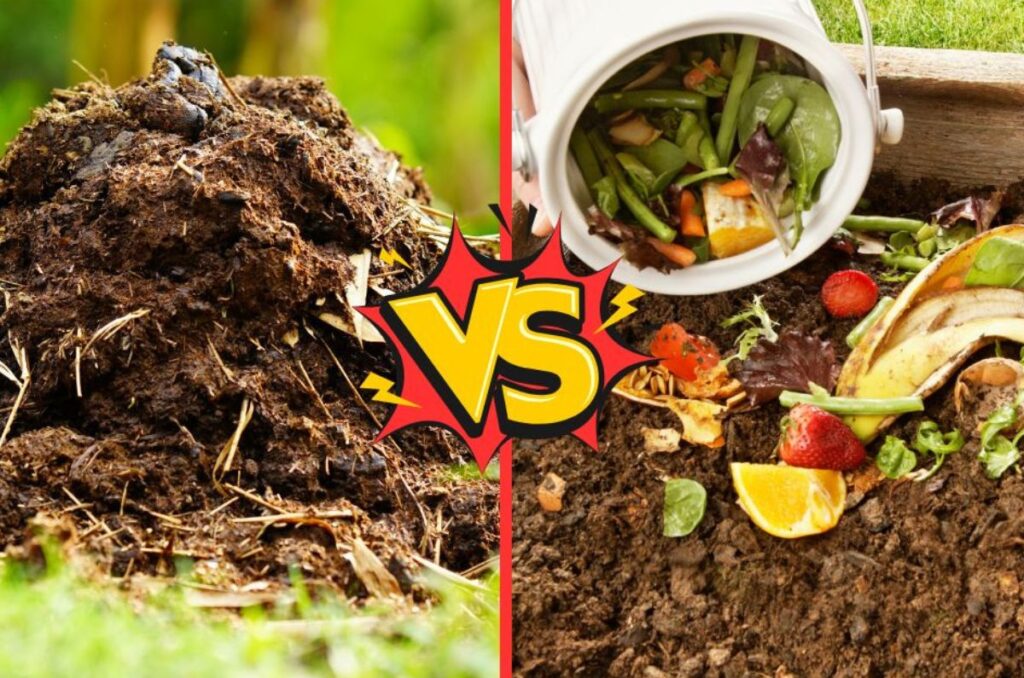
Difference Between Compost and Manure
I made a whole article about compost vs. manure, so make sure to check that out to learn more.
Basically, compost is made from mostly plant sources (leaves, food scraps, grass clippings), while manure is made from animal poop.
It works the same way as manure, giving many of the same benefits.
I tend to prefer manure over compost, especially considering how much cheaper it is.
A high-quality commercial compost can be $10-15 per bag on the low end. While a high-quality commercial manure can be $2-4 per bag.
And that’s just because of the sheer abundance of shit in our world.
So when I’m filling my whole garden, I always choose manure.

Raw vs. Composted Manure
Composted manure is the traditional manure that you find at the nursery.
It’s aged, meaning it’s left to sit and break down for about 6-12 months. This helps to compost it with the help of beneficial organisms.
The composting process removes the harmful pathogens that can be present in manure. Obviously, it’s poop, it’s going to have pathogens.
But letting it age allows the pathogens to die off before you use it in your garden.
Additionally, it also dramatically reduces the chance that your plants will get burned from the manure. I’m not talking about being burned by heat, but by too much nutrition.
When there’s too much nutrition, your plants’ roots can burn and their growth can be stunted. So aging manure helps to prevent this.
Raw manure, on the other hand, is manure that is perfectly fresh. Straight from the animal’s rear end. Fresh, stinky dung cakes. You get the idea.
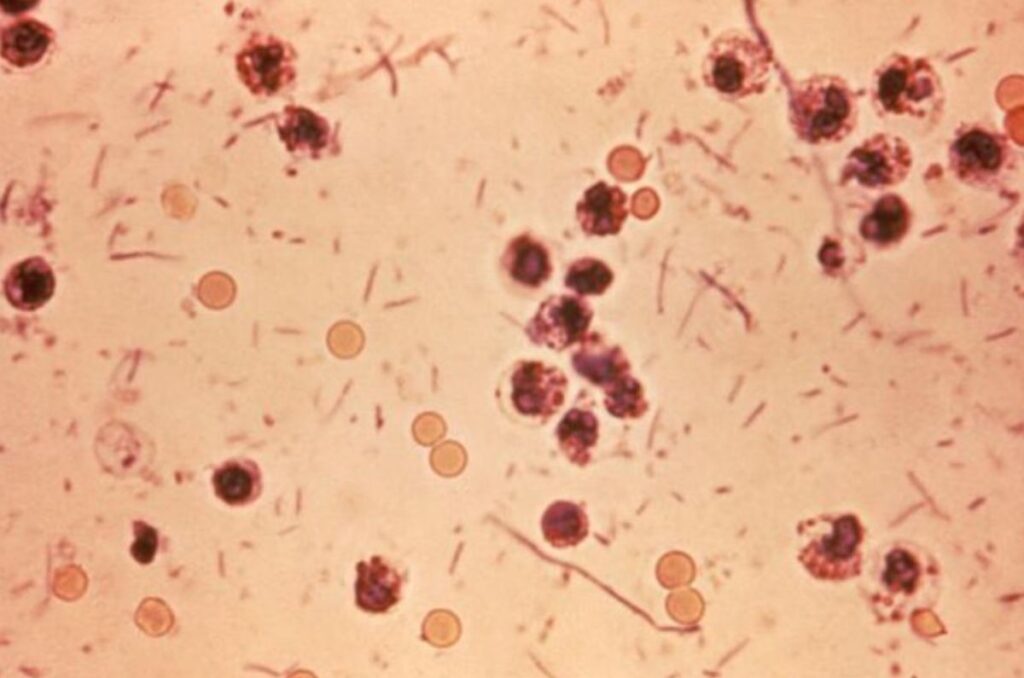
It’s not composted, meaning there might still be harmful pathogens that can harm your garden.
Different Types of Manure
Manure can be divided into 2 categories, each one being very different from the other.
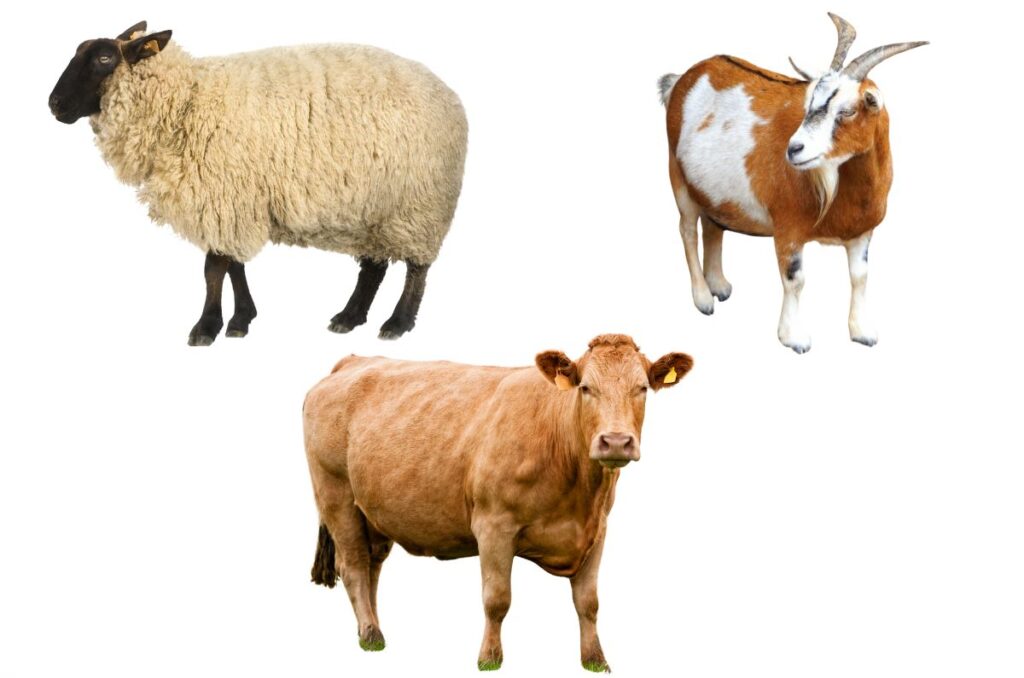
1. Big Animals
This includes the most popular animal manures: cow, sheep, and goat manure. These animals are called ruminants, which signifies how they digest their food.
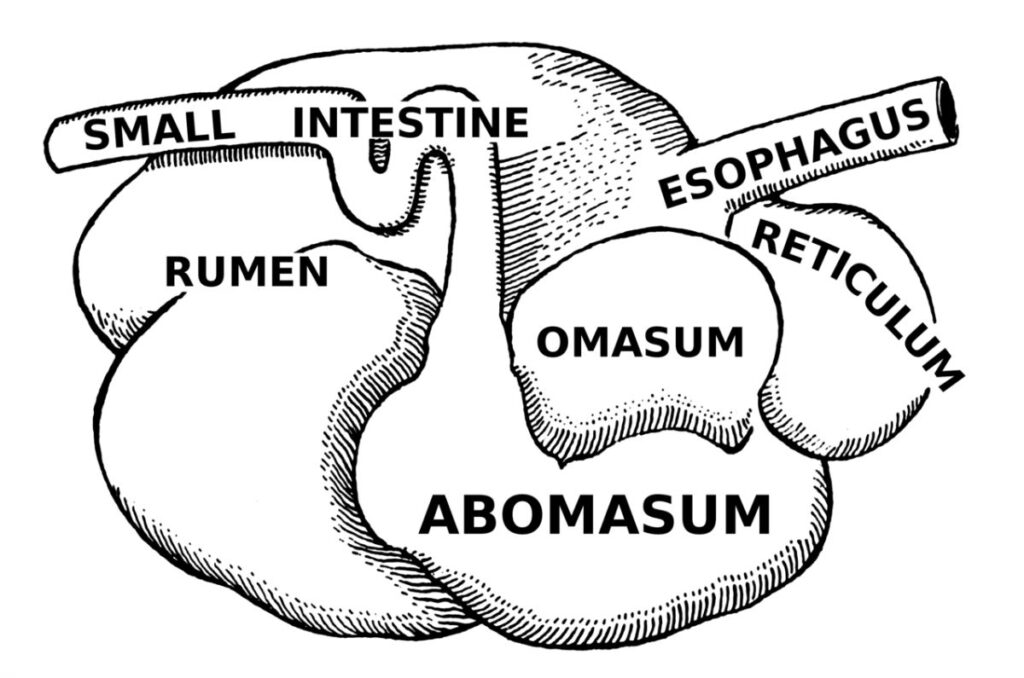
Ruminants have one stomach with four compartments, one called a rumen. The rumen is the first compartment that receives the original chewed food from the mouth.
After some digestion, the food then gets regurgitated from the rumen back to the mouth. The animal then chews this partially-digested food (known as cud) again.
It sounds disgusting, but this digestion process is why manure from cows, sheep, and goats is so good for your garden.
Manure from ruminants is very mild, smooth, earthy, and crumbly, making it the perfect soil amendment for your vegetable garden.
Other animals, like pigs and horses, also produce manure that you can use in your garden. However, they don’t have the same digestion process.
This can lead to problems in the manure like increased pathogens and large amounts of solid matter.
Because they can’t break down the plant fibres as well as ruminants, they can’t digest the food as well either. This leads to a typically poor-quality manure.
Pathogens can easily spread and leave the digestive system, and there’ll still be lots of solid plant matter, like large pieces of grass and undigested food.
Don’t get me wrong, if the only manure you can get is from horses or pigs, I’d still use it. But there’s a reason why it’s not usually sold commercially.
So go for cow, sheep, and goat manures as your first choice. But if you have pigs or horses on your property, then they’ll produce good manure as well.
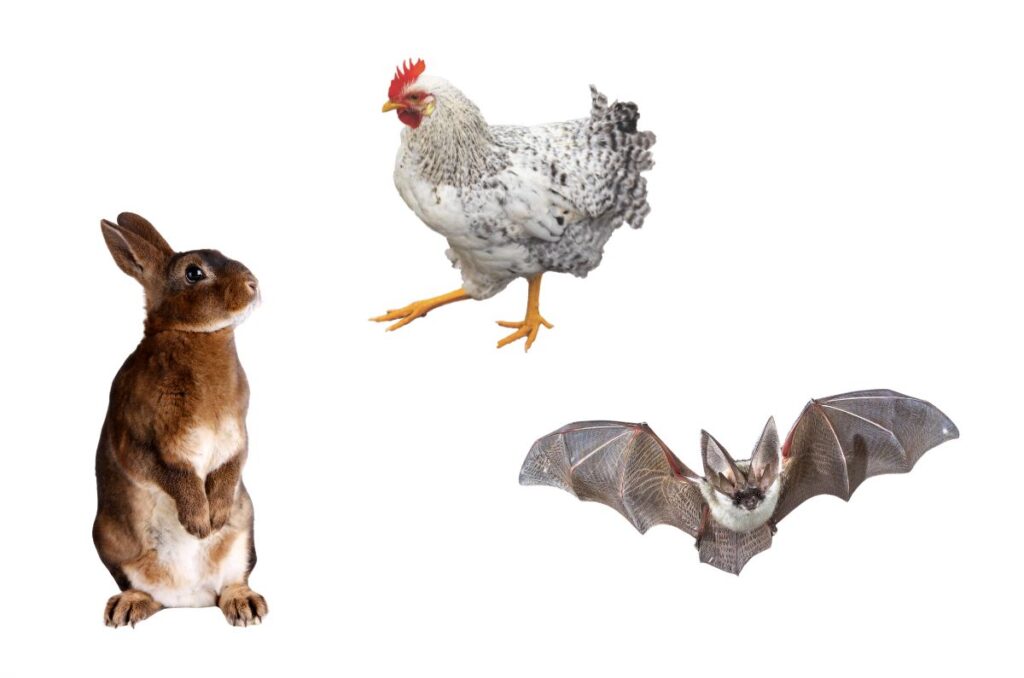
2. Small Animals
This includes all birds, bats, rabbits, and other smaller animals.
Manure from these animals is much more potent than manure from bigger animals. That’s because the nutrients are extremely concentrated. They have a much higher nutrient content.
Because of this, they’re used more like organic fertilizers instead of spreading it all over the soil.
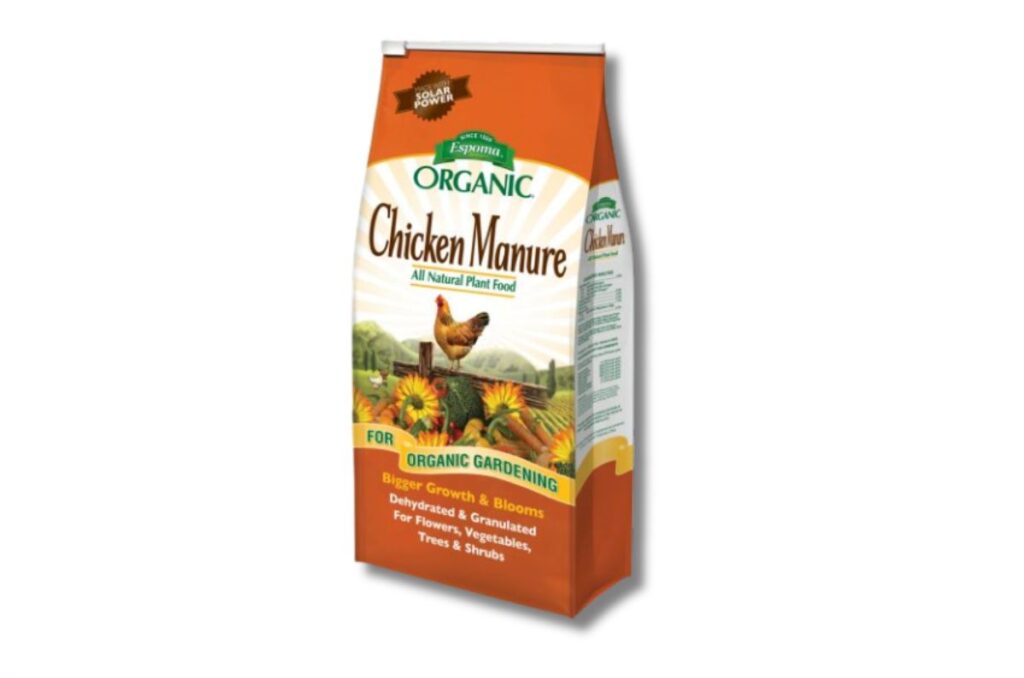
The most popular one is probably chicken manure. Chicken manure is great for plants and young seedlings that are just being transplanted. It gives them the nutrient boost to grow healthy.
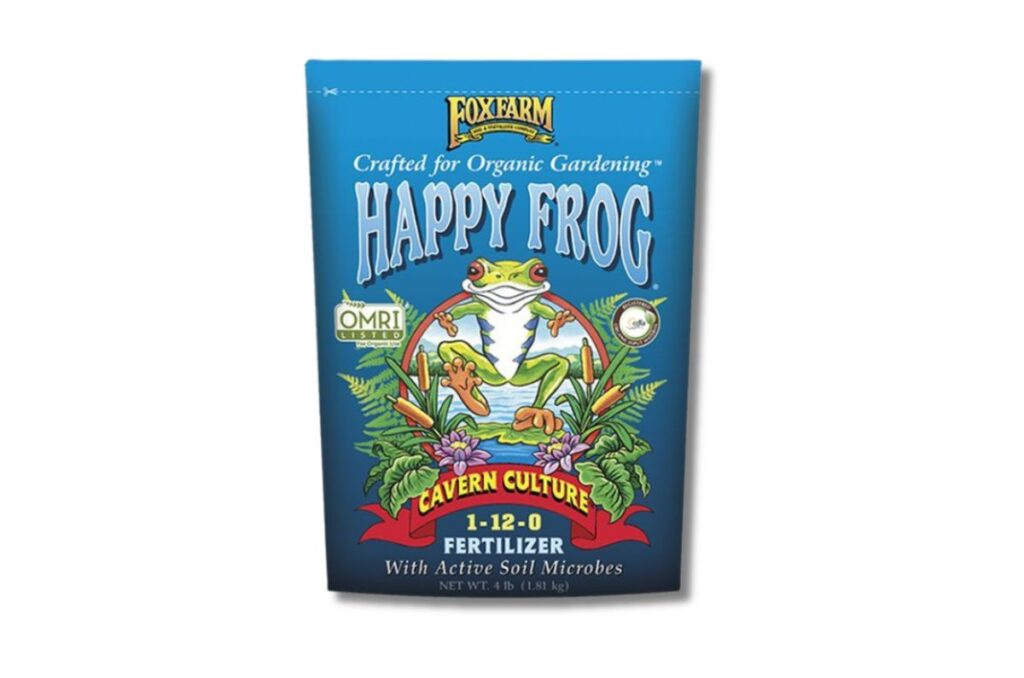
A few other ones are bat guano, seabird guano, and rabbit manure.
Duck manure is also a thing, but it’s not that popular. A local Ontario company called Duck Dirt actually makes duck manure for vegetable gardens, so check them out if you’re interested.
Guano is a Quechua word that just means manure. So bat guano is bat poop, and seabird guano is seabird poop.
Harvesting this kind of manure is actually pretty labour-intensive. Somebody has to scrape the dry bird poop off the ground every day and then grind it all up into a powder.
But they make really good fertilizers. The NPK ratios vary between each different kind, with some favouring a certain nutrient, while others are more balanced.
Chicken and rabbit manure tend to have a more balanced NPK ratio, with something like 3-2-2 or 4-3-3 being very common.
Bat and seabird guano, on the other hand, are very potent and usually have skewed NPK ratios.
Bat guano usually has an NPK of about 8-5-3, so it favours nitrogen.
Seabird guano usually has an NPK of about 0-12-0, making it entirely phosphorus.
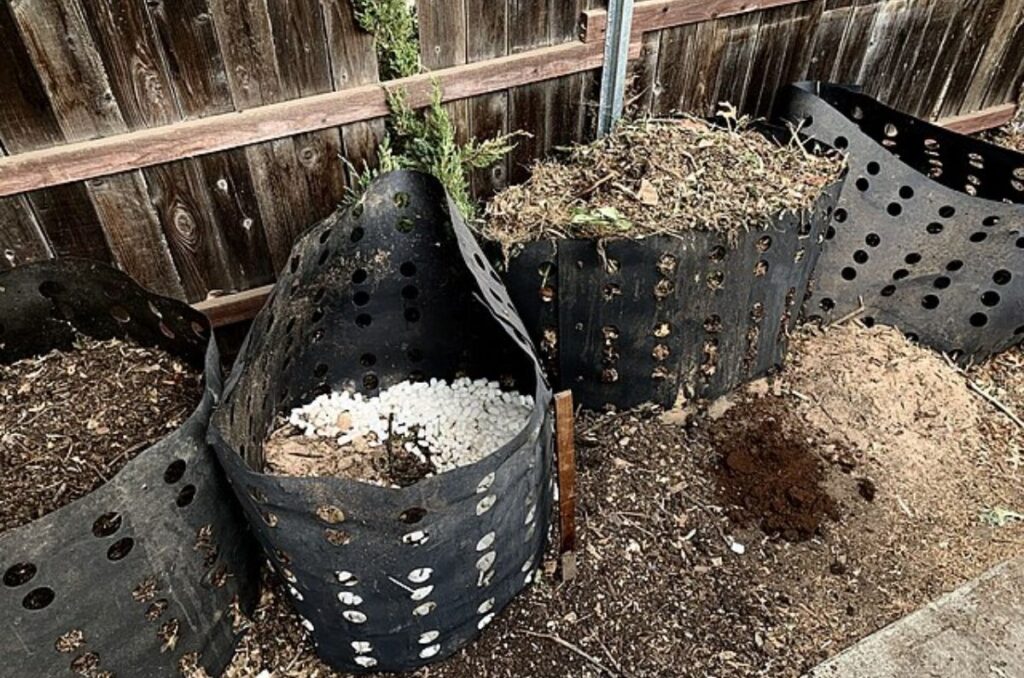
Other Manures
Now we’re going to get weird.
Everybody loves their dogs, cats, and family members. But have you ever thought about using their manure in your garden?
Ok, maybe I’m the only one, but you can’t say it doesn’t intrigue you.
There are proper ways to compost dog, cat, and human manure (humanure), making them safe to use in your vegetable garden.
But the problem is that most people don’t know the proper way, not even me.
That being said, you probably shouldn’t use cat, dog, or human manure in your vegetable garden because they can spread harmful pathogens.
If you can figure out how to compost it correctly, then I’d use it only for ornamental plants that won’t be consumed.
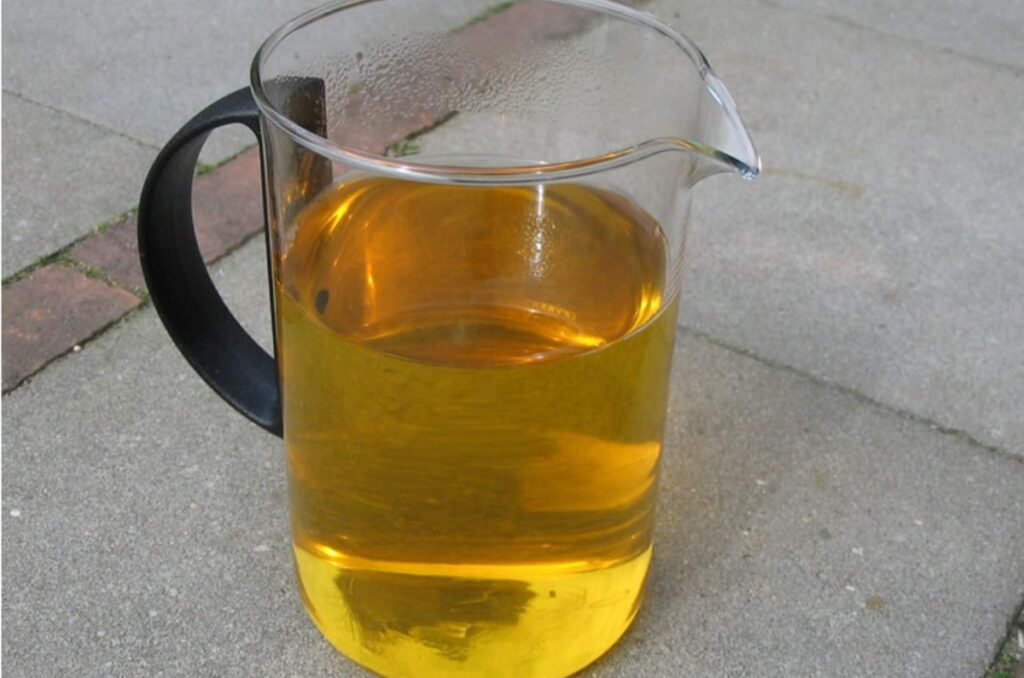
Human urine, on the other hand, is liquid gold for the vegetable garden. I like to get some fresh, locally-sourced urine, dilute it with a bunch of water, and then soak the soil of my vegetables.
It works so well and repurposes a very common waste product.
How to Use Manure in the Garden
Here’s a step-by-step guide to using manure in the garden that actually works.
1. Choose the Right Type
If you want to use manure more like you would compost (my personal preference), then choose manure from a large animal, like cow or sheep.
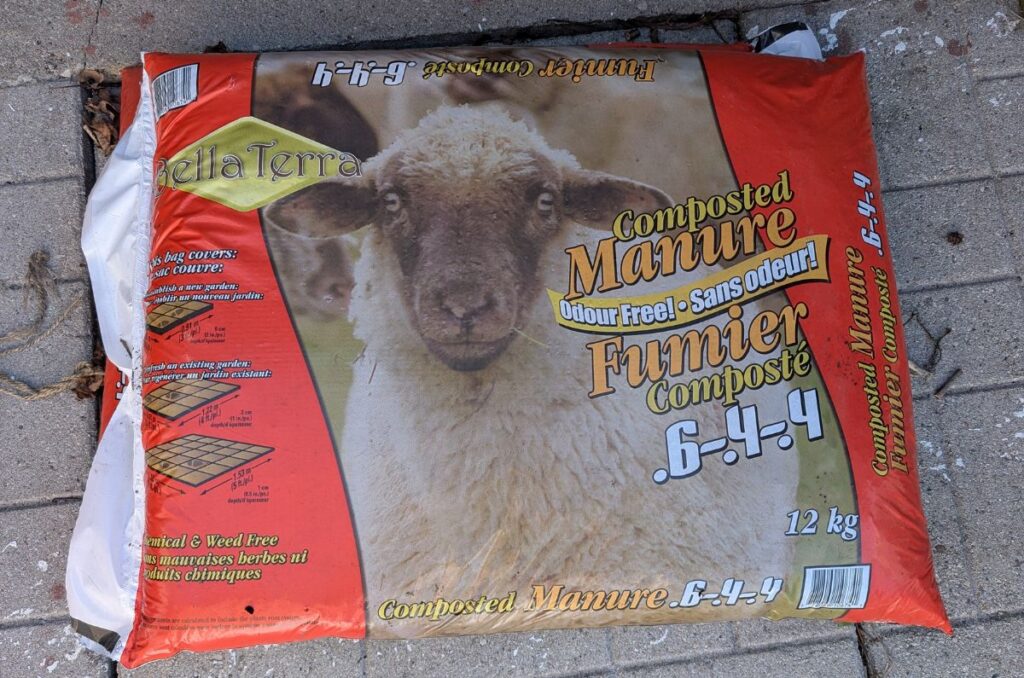
I just bought 10 bags of sheep manure at my local nursery for about $3.50 each. It’s very economical, so I’ll be spreading it over my entire garden, fork it in a little bit, and then add mulch.
2. When to Put Manure in the Garden
There’s a lot of debate around this topic, specifically between applying manure in spring or fall.
I always apply it in early spring for a few reasons.
Firstly, a fall application would barely do anything in my climate. The ground is going to freeze rock solid; nothing will decompose or work into the soil. Nothing.
There’s really no point putting manure in the fall because nothing will happen.
By time the ground thaws, it’s already early spring. So why not just apply manure in early spring?
Applying it at this time lets you work it into the soil slightly and it gives the manure time to decompose into the soil.
If you live in a climate where it doesn’t freeze, then you can apply manure in the fall as well.
Apply about 1-2 inches of manure across your beds.
3. Mix Into the Soil
I never like to do a full dig in my raised beds and in-ground beds, but a little agitation won’t do any harm.
By that I mean piercing the soil with a shovel throughout the whole surface. This helps to bring some of the manure further into the soil to blend and decompose.

If you don’t mix it in at all, then it’ll form a dry crust over your beds, making it difficult to plant in and water.
How Much Manure Should I Use?
It’s always best to use about 1-2 inches of manure in your garden. So spread it out until the layer is 1-2 inches tall above your actual soil.
For light feeders, like lettuce and radishes, 1 inch is probably fine because they don’t consume as many nutrients.
For heavy feeders, like tomatoes and squash, 2 inches is ideal because they go through a ton of nutrients.
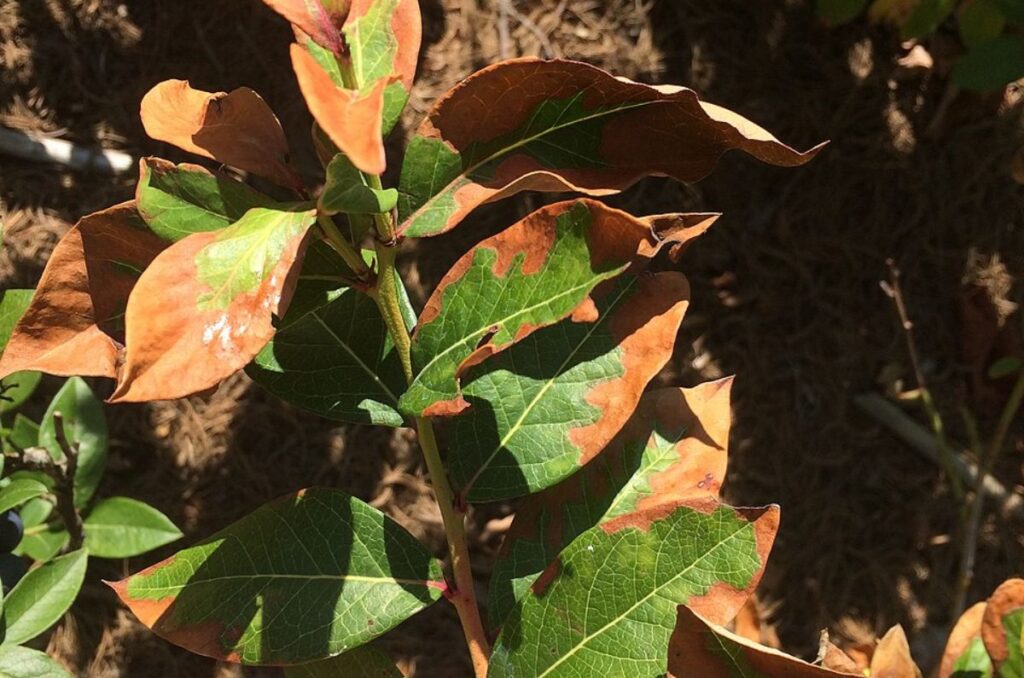
Signs You’re Using Too Much Manure
Using too much manure can cause high salt contents in your soil. I’m not talking about table salt, but about ionic compounds. This basically refers to all nutrients.
So high salt content means high nutrient content, which we know will burn your plants.
Here are some common signs:
- Seedlings start to yellow, get stunted, or even die.
- Leaves have edges that are burnt and crispy (fertilizer burn)
- Your garden has an off-putting smell
- Poor germination in direct-sown crops
All of these signs can tell you that you probably put too much manure in your garden.
But don’t worry, it’s not too common to add too much manure, so it probably won’t happen to your garden.
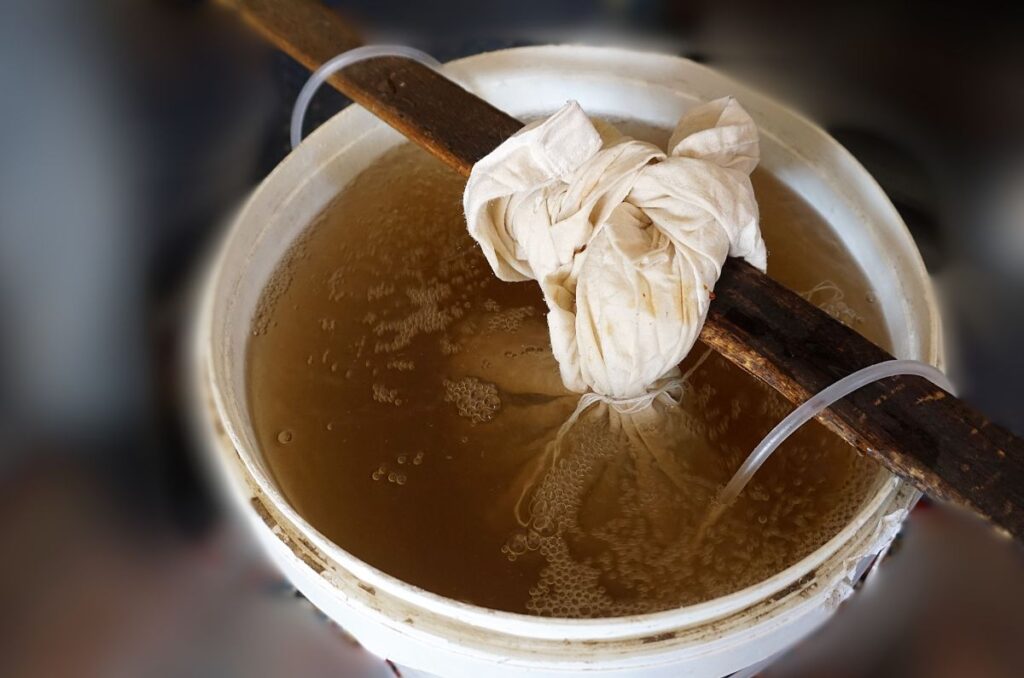
Making Manure Tea
Manure tea is similar to compost tea, but it’s made with manure instead of compost. It allows microbes to multiply in the water to produce a microbe-rich solution for your plants.
This really only works if you make your own manure from your own animals. It’ll have more microorganisms to start with.
Commercial manure is still good, but the microbes might not be as active or plentiful.
Here’s a simple way to make it:
- Get a 5 gallon bucket and fill it up with water.
- Add a few handfuls of manure to a mesh bag or pillow case
- Submerge the bag in the water and make sure the manure is fully saturated
- Stir the mixture a few times a day
- Let it brew for about 1 week. Too long will make the microbes die.
- Dilute it with water and pour it on your soil!
Common Manure Mistakes to Avoid
Avoid these common mistakes when using manure in the vegetable garden:
- Using Fresh Manure: This can introduce harmful pathogens and your plants can get burned because of too many nutrients in the manure.
- Overloading Your Soil: More isn’t always better, so apply as much manure as your plants need.
- Not Mixing it in: If you don’t mix it in, you’ll get a layer of crusty manure on top of your garden soil. This can make it difficult to plant crops and water your plants.
- Using Forbidden Manure: This applies to dogs, cats, humans and any other manure that you don’t know the source of. Again, it’s because of the high risk of pathogens that can spread to your edible crops.
Frequently Asked Questions
Because of their digestion process, pig manure needs to be thoroughly composted to avoid spreading pathogens. It’s usually not sold commercially, but you can use it if you raise pigs.
Again, because of their digestion process, horse manure needs to be thoroughly composted to avoid spreading pathogens. It’s usually not sold commercially, but you can use it if you raise your own horses.
Yes, goat manure is a great amendment for your garden. I usually only see cow and sheep manure at the stores, but if you can find goat manure, you should definitely get some.
Rats are generally attracted to the smell of food. Chicken manure, and other manures, often give off a strong smell, especially for rats. They might think it’s food and come to your garden more often. But it usually isn’t a problem for most gardeners.
Yes, mixing sawdust with manure is one of the best uses for sawdust. Manure is almost pure nitrogen and sawdust is almost pure carbon, making them the perfect pair for a well-made compost.
Using fresh manure directly in your garden is not a good idea. It needs to age and decompose before you add it to your soil to avoid spreading harmful pathogens.
Even More Gardening Ideas
Here are a few more posts to get the ball rolling in your garden!
- The Best Cucumber Fertilizer Tricks
- Best Organic Fertilizer for Vegetables that WORKS
- Stop Blossom End Rot Easily With These Tips
If you liked this article, make sure to share it with your friends and family members who are also looking to sharpen their gardening skills. Also, consider signing up for our email newsletter; don’t worry, we won’t spam you, just fresh gardening ideas every week!
If you want to learn more about vegetable gardening, make sure to check out what I’m doing on Facebook, YouTube, and Pinterest.
Pin this post for later:
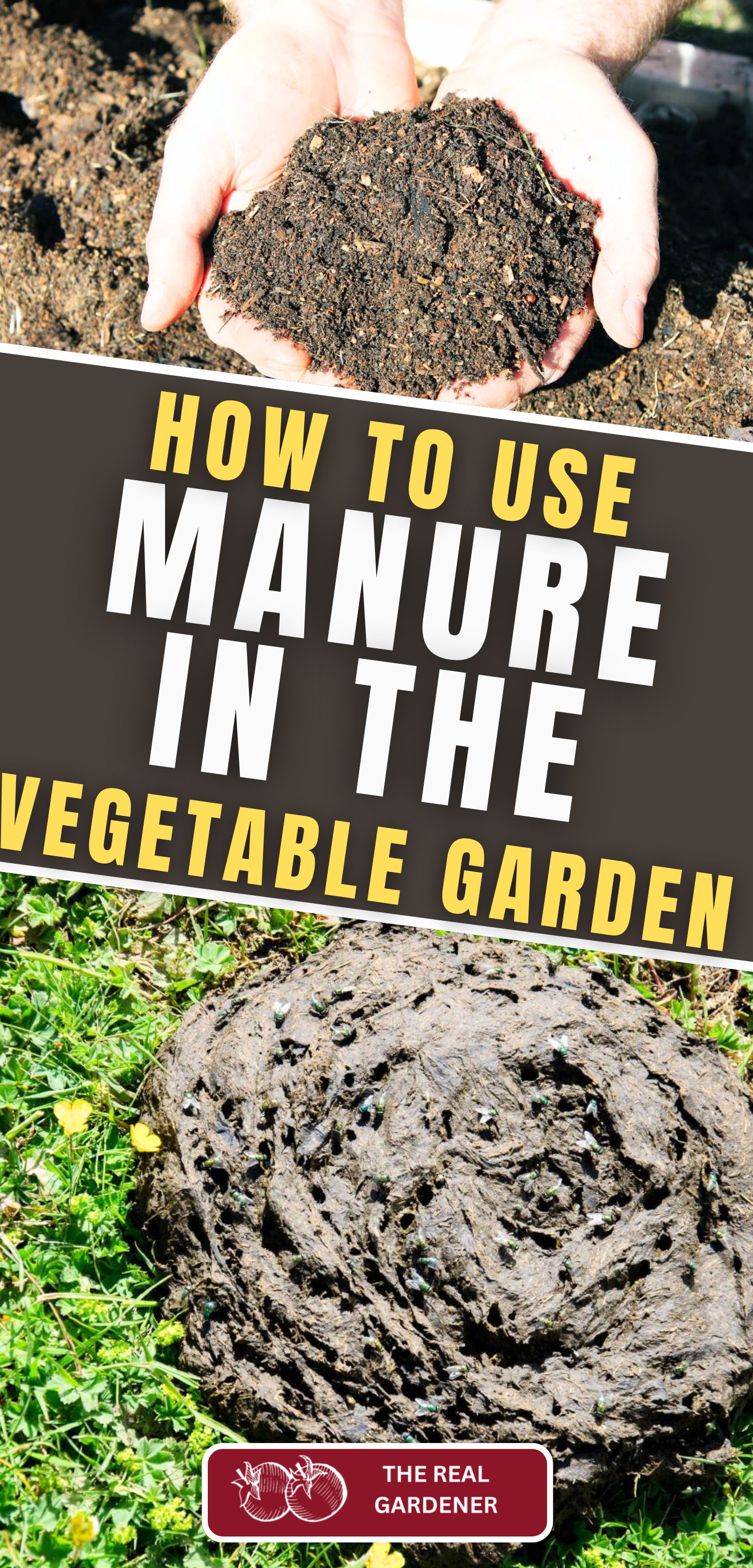
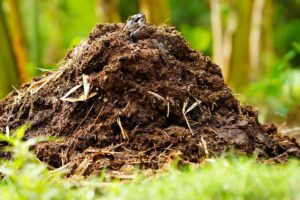
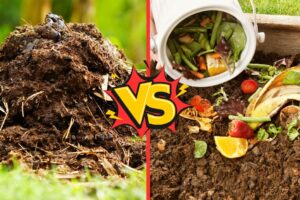
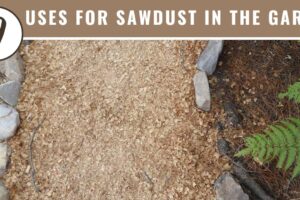
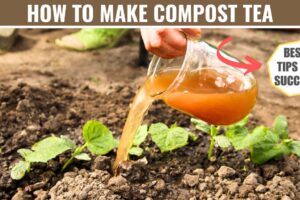
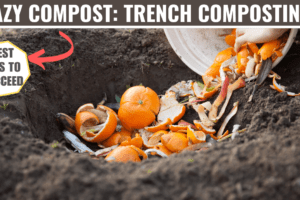
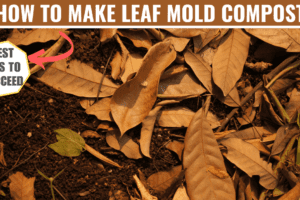
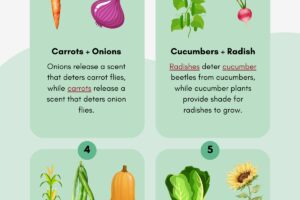
Leave a Reply